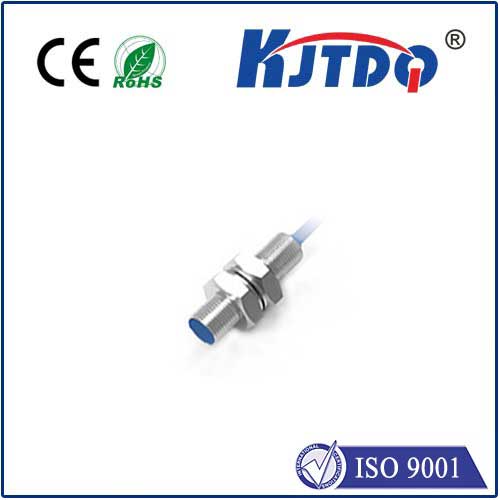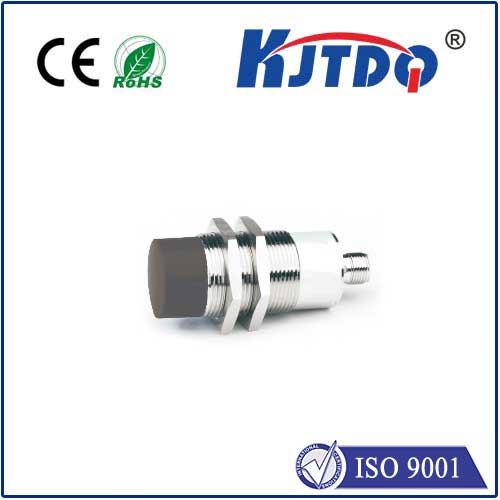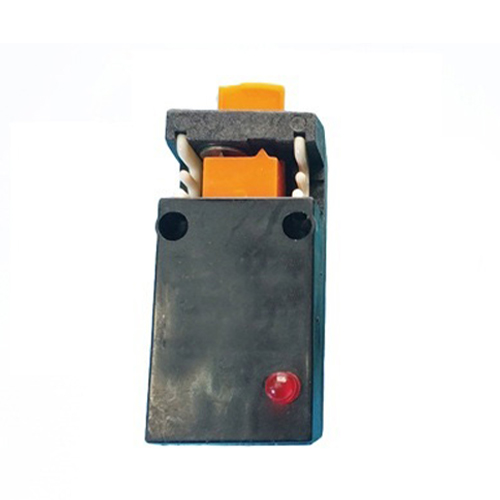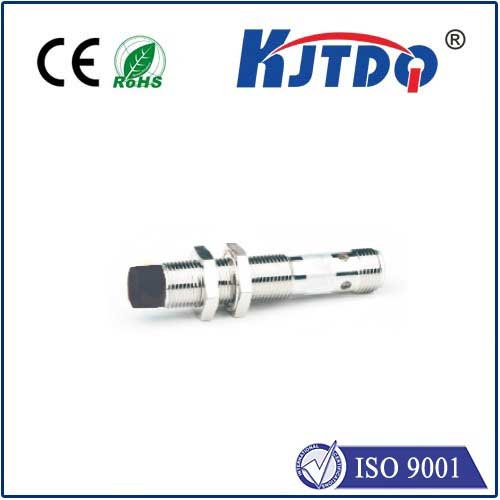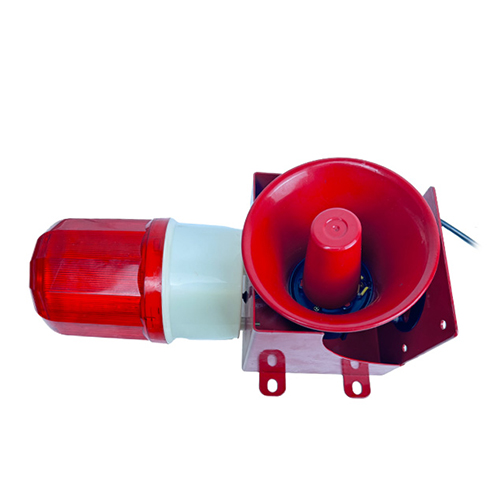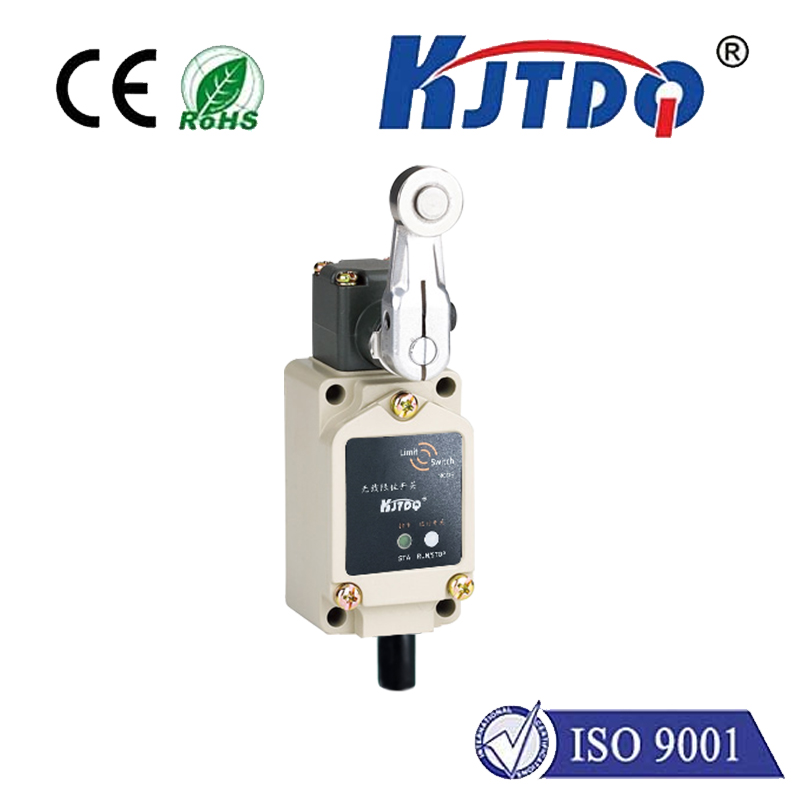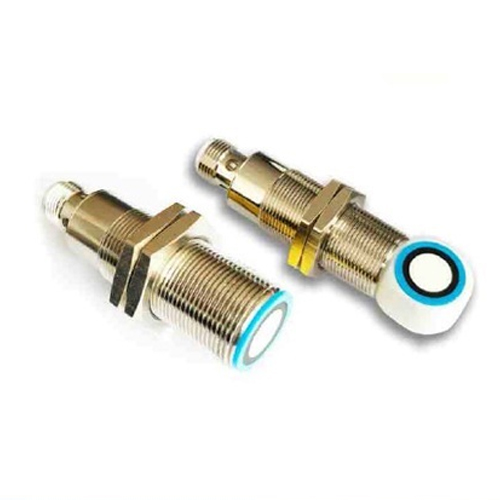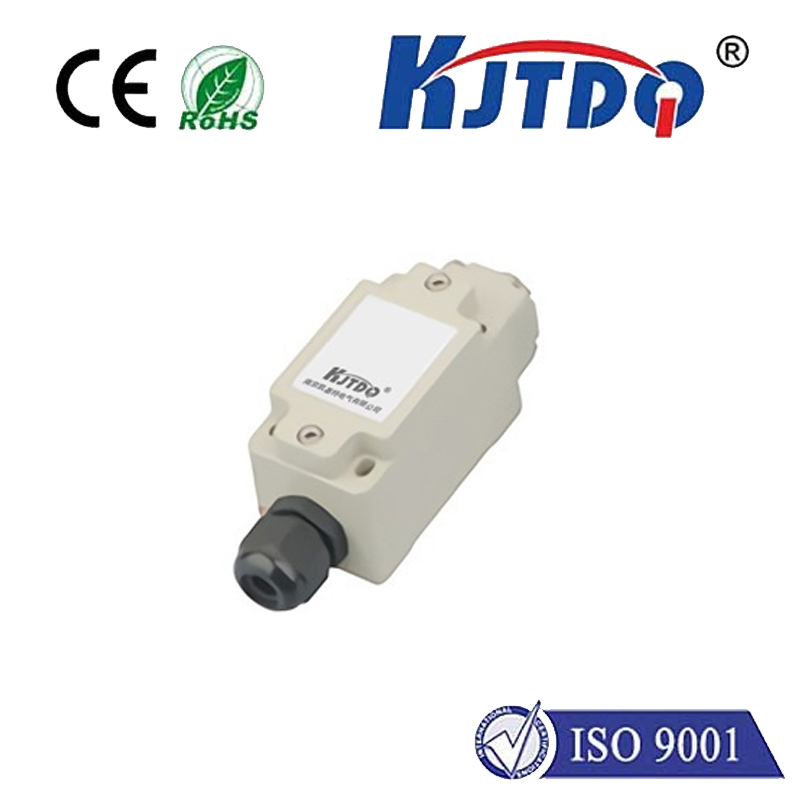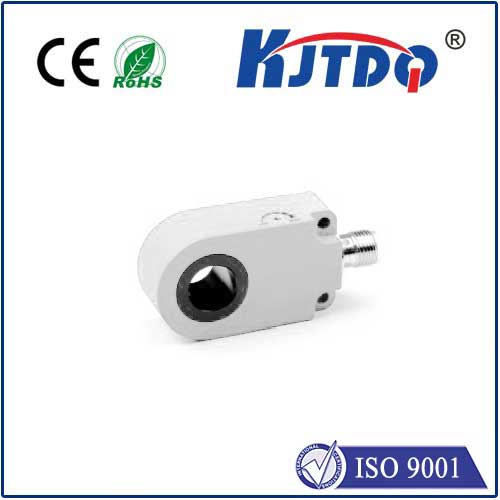remote fridge temperature monitoring
- time:2025-08-19 13:49:12
- Click:0
Remote Fridge Monitoring: Safeguarding Assets and Ensuring Compliance 24⁄7
Imagine walking into your restaurant kitchen only to find thousands of dollars worth of premium ingredients spoiled overnight. Or discovering that critical pharmaceutical vaccines were compromised during transport, rendering them ineffective and putting patients at risk. These aren’t just hypothetical nightmares; they are costly realities businesses face when fridge and freezer temperatures fluctuate unnoticed. Traditionally, manual checks were the only line of defense – a time-consuming, error-prone, and inherently reactive approach. This is where remote fridge temperature monitoring emerges as a transformative solution, offering proactive control and invaluable peace of mind.
The High Cost of Temperature Neglect
Temperature-sensitive assets are fundamental to countless industries. Food service relies on fresh, safe ingredients; pharmacies, hospitals, and labs store life-saving medications and specimens; biotech companies safeguard valuable research materials. A single temperature excursion – even a few hours above or below the required range – can lead to:
- Significant Financial Loss: Spoiled food, ruined pharmaceuticals, or compromised research samples represent direct, often substantial, financial hits. Industry reports consistently highlight inventory spoilage as a major cost center.
- Regulatory Violations & Penalties: Entities like the FDA (Food and Drug Administration), CDC (Centers for Disease Control), and various health departments enforce strict cold chain regulations. Failure to maintain documented temperature compliance can result in hefty fines, operational shutdowns, or loss of licenses.
- Damaged Reputation & Liability: Serving spoiled food causes illness and erodes customer trust. Distributing ineffective vaccines compromises patient health and invites lawsuits. The reputational damage can be long-lasting and far more costly than the immediate losses.
- Wasted Time & Manpower: Manual logging diverts staff time from core responsibilities and introduces the risk of human error or falsified records.
How Remote Fridge Monitoring Works: Real-Time Insight
Remote monitoring systems replace guesswork and infrequent checks with continuous, automated oversight. The core components typically include:

- Wireless Sensors: Placed strategically inside fridges, freezers, cold rooms, or transport units. Modern sensors are battery-powered, robust, and measure temperature (and often humidity) with high accuracy.
- Gateway/Communication Hub: Collects data from the sensors. This hub may use local networks (Wi-Fi, Bluetooth) or cellular connectivity to transmit data to the cloud. Crucially, most sensors themselves don’t require Wi-Fi, simplifying installation.
- Cloud Platform: A secure online dashboard where temperature data is stored, visualized, and analyzed. This is accessible 24⁄7 from any internet-connected device – computer, tablet, or smartphone.
- Automated Alerts: This is the game-changer. The system is configured with predefined safe temperature ranges. If temperatures go above or below these thresholds, instant alerts are triggered. Alerts can be sent via SMS, email, phone call, or in-app notifications to designated personnel.
Key Benefits Driving Adoption
The shift towards remote monitoring isn’t just about convenience; it delivers tangible, multifaceted advantages:
- Proactive Intervention & Reduced Losses: Real-time alerts enable immediate action when a problem arises – perhaps a door was left ajar, a compressor failed, or a unit is overloaded. Fixing the issue quickly can prevent spoilage entirely or minimize its impact, directly protecting your bottom line.
- Unwavering Compliance Assurance: The system automatically logs every single temperature reading, creating a continuous, tamper-proof digital record. This audit trail is invaluable for effortlessly passing health inspections, FDA audits, or any regulatory review, demonstrating strict adherence to protocols.
- Enhanced Operational Efficiency: Eliminates the need for manual checks, freeing up valuable staff time. Managers gain remote visibility into all critical units across multiple locations from a single dashboard, streamlining oversight.
- Data-Driven Decisions & Preventive Maintenance: Historical temperature data reveals trends. You might identify a unit struggling during peak hours or see patterns indicating an aging component. This allows for predictive maintenance – fixing problems before they cause a temperature failure – extending equipment life and avoiding costly breakdowns.
- 24⁄7 Peace of Mind: Whether after hours, on weekends, or during holidays, you know your system is vigilantly watching. There’s immense value in knowing you’ll be notified instantly if something goes wrong, no matter where you are.
Real-World Applications: Where Remote Monitoring Makes the Difference
- Restaurants & Food Retail: Protecting inventory in walk-ins, reach-ins, and display cases. Ensuring HACCP compliance and food safety. Preventing losses during deliveries and power outages.
- Pharmacies & Hospitals: Safeguarding vaccines, insulin, chemotherapy drugs, blood products, and lab samples in storage refrigerators and freezers. Meeting stringent USP / and CDC requirements.
- Laboratories & Research Facilities: Maintaining precise conditions for biological samples, reagents, cultures, and sensitive chemicals to ensure experimental integrity and sample viability.
- Catering & Food Distribution: Monitoring temperatures during transport and at temporary storage sites. Providing proof of cold chain integrity to clients and regulators.
- Convenience Stores & Grocery: Overseeing dairy, meat, and frozen food cases across multiple locations to ensure freshness and reduce waste.
Implementing Your System: Key Considerations
Choosing the right remote temperature monitoring solution involves evaluating:
- Sensor Accuracy & Range: Ensure sensors meet the precision needed for your specific application and cover the required temperature range (e.g., deep freeze vs. vaccine fridge).
- Connectivity Reliability: Assess network options (cellular vs. Wi-Fi/Bluetooth) based on your facility’s infrastructure and the criticality of constant data flow. Cellular offers wider coverage and independence from local network issues.
- Alert Customization: Can you set different thresholds for different units? Can alerts be escalated if not acknowledged? Can different personnel receive different types of alerts?
- Cloud Platform Usability: Is the dashboard intuitive? Does it provide clear visualizations and easy data export for reports? How long is historical data retained?
- Battery Life & Sensor Durability: Opt for long-life batteries and sensors designed for cold, humid environments to minimize maintenance.
- Scalability: Can the system easily grow with your business, adding more sensors or locations?
- Support & Security: Ensure the provider offers reliable technical support and that data transmission and storage employ robust security protocols.
The ROI of Continuous Monitoring
While there is an initial investment in hardware and potentially a service subscription, the return on investment for remote fridge temperature monitoring is compelling:
- Direct Cost Savings: Drastically reducing product spoilage translates into significant and immediate savings on inventory costs.
- Avoided Fines: Preventing costly regulatory violations and potential shutdowns.
- Reduced Wasted Labor: Reallocating hours spent on manual checks to revenue-generating activities.
- Lower Maintenance Costs: Predictive insights prevent catastrophic equipment failures and extend asset lifespan.
- Enhanced Brand Protection: Safeguarding your reputation by consistently delivering safe, high-quality products and services.
Moving Beyond Manual Checks
Remote fridge temperature monitoring is no longer a luxury; it’s an essential operational safeguard for any business dealing with temperature-sensitive goods. By replacing sporadic manual checks with constant, automated oversight and instant alerts, this technology empowers businesses to prevent costly losses, guarantee regulatory compliance, streamline operations, and ultimately, protect their assets, their reputation, and their customers












